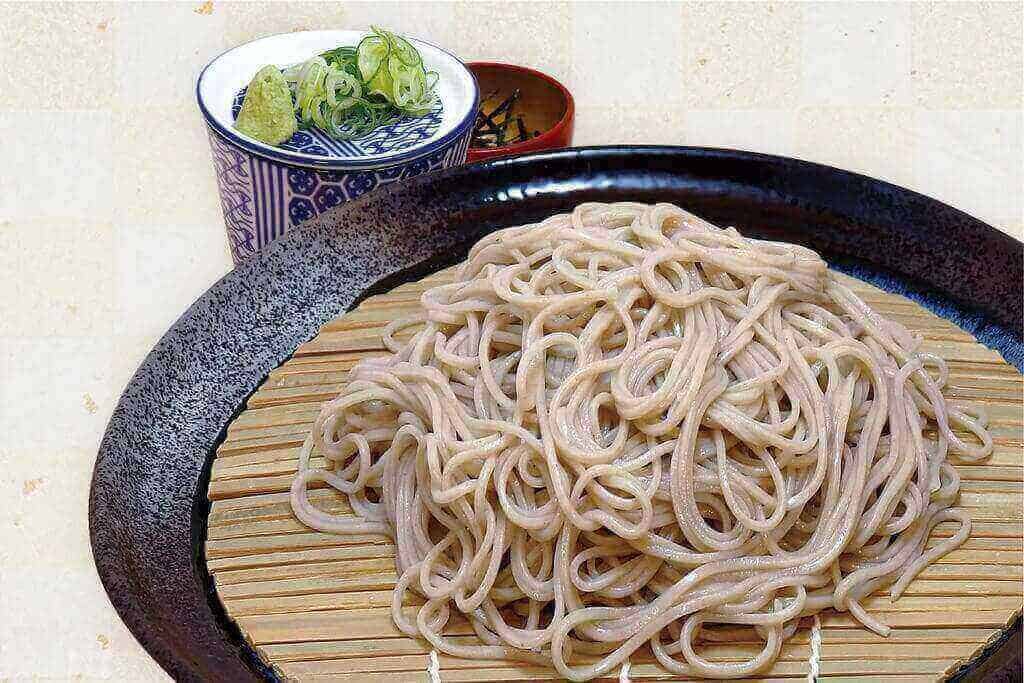
Nihachi soba is a type of Japanese soba noodle made from a blend of two types of flour: 80% buckwheat flour (蕎麦粉) and 20% wheat flour (小麦粉).
This article explores the history, cultural significance, and culinary craftsmanship behind Nihachi soba, a unique type of Japanese soba noodle made from a blend of 80% buckwheat flour and 20% wheat flour.
Known for its smooth texture and richer flavor compared to traditional soba, the name "nihachi" translates to "two-eight," indicating its flour ratio.
Originating in the Edo period, the dish has intrigued culinary enthusiasts, with theories about its name linked to historical prices and Edo period slang.
Besides the historical aspect, the piece describes the preparation of Nihachi soba, from ingredient ratios to the cooking process, and gives insight into its serving variations.
Popular in Japanese soba restaurants, these noodles offer a balance of suppleness and firmness, inviting enthusiasts to taste its nuanced flavors alongside dishes like "Juwari soba," which is made solely from buckwheat flour.
The article concludes by highlighting Nihachi soba's place in Japan's culinary landscape as a fusion of tradition and innovation.